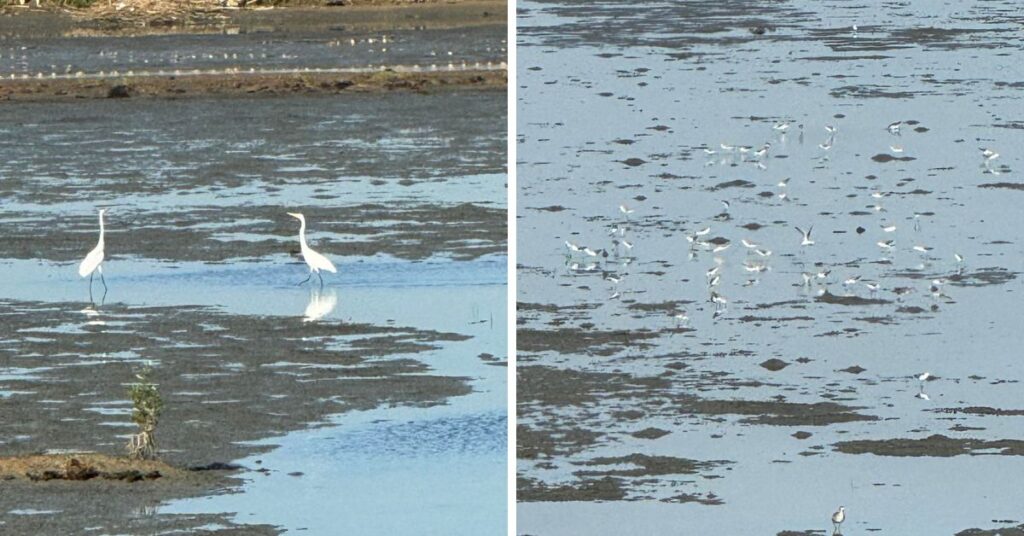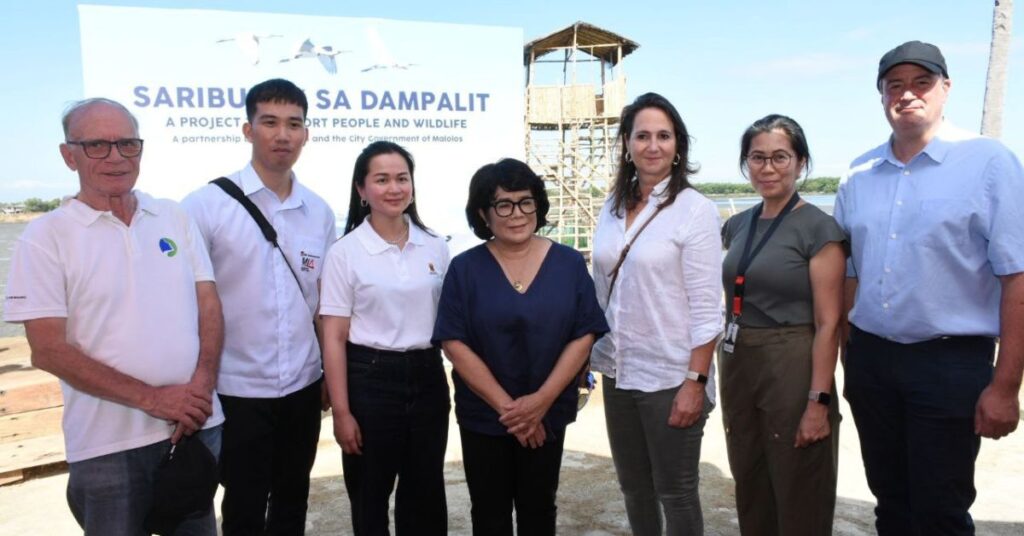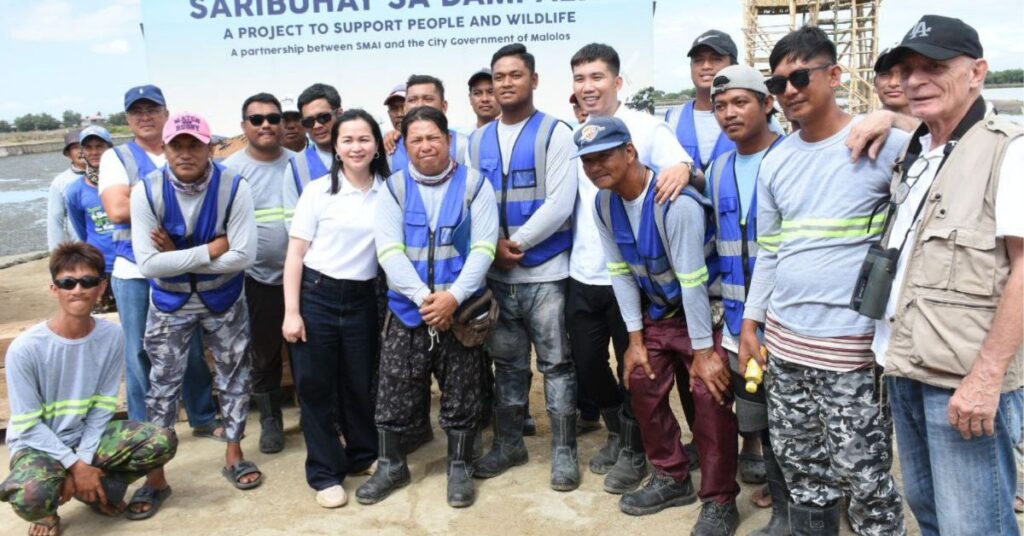Table of Contents
San Miguel Aerocity, Inc. (SMAI), a San Miguel Corporation (SMC) subsidiary, has inaugurated its Saribuhay sa Dampalit Biodiversity project in Barangay Pamarawan, Malolos, Bulacan.
This pioneering initiative marks the launch of the Philippines’ first Biodiversity Offset Program (BOP) — part of the company’s nature-based solutions to building its New Manila International Airport project (NMAI) in Bulacan. It aims to balance development efforts with environmental preservation, support local livelihoods, and address flooding issues in Bulacan’s flood-prone areas.
SMC’s Biodiversity Offset Program

A Biodiversity Offset Program is a conservation strategy implemented to compensate for the environmental impacts of development projects on biodiversity when a development project, such as construction or land clearing, results in the loss or degradation of natural habitats and species, biodiversity offsetting seeks to mitigate these impacts by conserving or restoring equivalent habitats elsewhere.
BOP aims to achieve a net positive outcome for biodiversity by ensuring that the environmental impacts of development activities are adequately mitigated or compensated for. However, they can be complex and contentious, requiring careful planning, transparent decision-making, and robust monitoring and enforcement mechanisms to ensure their success.
The pilot BOP site in Pamarawan covers 40 hectares, with plans to expand to 800 hectares of offset sites across various areas.

The launch event was attended by Department of Environment and Natural Resources Secretary Maria Antonia Yulo-Loyzaga, Undersecretary Juan Miguel Cuna, Undersecretary Augusto dela Pena, Undersecretary Ignatius Rodriguez, Dutch Ambassador Marielle Geraedts, and representatives from SMAI.
“The Saribuhay sa Dampalit project is an integrative approach to development that respects and enhances the natural environment alongside our infrastructure objectives. We firmly believe that progress and nature can co-exist, benefiting the ecosystem and the local community. We thank everyone involved – from our government partners, environmental groups, and local community members for helping make this possible,” said SMC President and CEO Ramon S. Ang.
Adhering to the International Finance Corporation (IFC) environment and social standards, the project has provided a rich feeding ground to the visiting migratory birds, which have been in record numbers this time. Proof that the Offset Site constructed by SMAI has offered sufficient food for the shorebirds.
The IFC is a member of the World Bank Group. It is an international financial institution that offers investment, advisory, and asset management services to encourage private sector development in developing countries. Founded in 1956, the IFC aims to promote sustainable economic growth, reduce poverty, and improve living standards by mobilizing private capital and expertise for investments in emerging markets.

Secretary Yulo-Loyzaga noted that this was the country’s first large-scale biodiversity offset project.
She stressed the importance of embracing the mitigation hierarchy for net positive infrastructure development, highlighting its importance in building inclusive and resilient communities while protecting biodiversity for future generations.
SMAI’s efforts include a range of scientifically grounded measures to ensure the newly created habitats meet the specific needs of the wildlife they aim to protect. More importantly, the BOP project has engaged residents affected by the NMIA project, providing employment and raising awareness about the importance of preserving migratory shorebirds.
SMAI Project Director Cecile L. Ang said, “By involving residents in our efforts, we’re not just building infrastructure; we are cultivating a community that values and actively contributes to environmental preservation.”
Alejandra Libao, relocated from the airport project site and currently serving as team leader in the offset site, shared how the program has transformed their outlook in life. “Dapat pala ‘yung mga ibon,minamahal namin. Ngayon nalaman namin na may mga migratory bird pala, dati ‘kala namin tagak- tagak lang iyan. ‘Yung community ho nagkaroon ng hanapbuhay tapos minahal na rin nila ‘yung mga ibon. Hindi namin akalain na meron palang nag-aalaga ng ibon. Akala namin binubugaw lang namin ‘yan.”
Ang is optimistic that the project will extend beyond wildlife protection, potentially turning the area into a prime location for bird-watching, boosting tourism, and creating even more opportunities for local communities.
Read SMC Successfully Expands Central Luzon River Cleanup, Removes Over 2M Tons of Silt and Wastes in Bulacan, SMC, gov’t forge most extensive CSR collaboration to clean up, rehabilitate Luzon rivers 2023, and Malolos: Top 20 Epic Things To Do in the City.